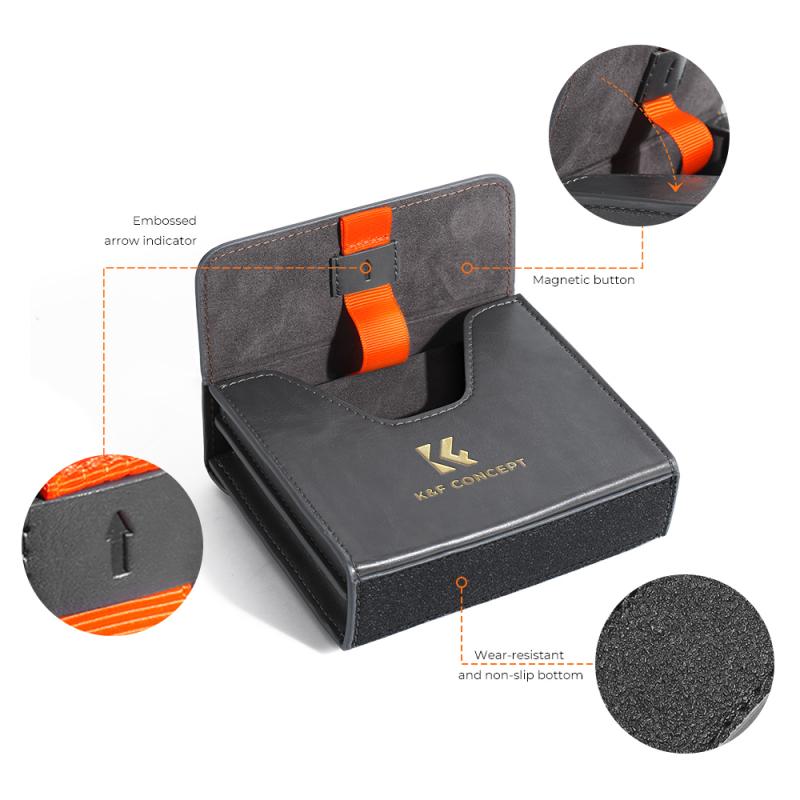How To Wear Headphone?
When it comes to wearing headphones, it might initially seem like a straightforward task: slip them over your ears or insert the earbuds and you’re good to go. However, achieving the perfect fit and optimal sound experience involves more nuance than one might expect. This guide will explore the various aspects of wearing headphones, delving into comfort, sound quality, and practical use. Whether you're an audiophile, a professional, or a casual listener, understanding these elements can greatly enhance your listening experience and provide insights into choosing the right headset for your needs.
Understanding Headphone Types

Before diving into the specifics of wearing headphones, it's important to understand the different types available, as each type has unique characteristics that influence comfort and sound quality.
1. Over-Ear Headphones: These are large headphones that completely cover the ear. They typically provide superior sound quality and noise isolation, making them ideal for extended listening sessions.
2. On-Ear Headphones: Smaller than over-ear headphones, these rest on top of the ears rather than enclosing them. While they offer less sound isolation, they are often more portable.
3. In-Ear Headphones (Earbuds): These fit directly into the ear canal, making them highly portable and lightweight. They vary in terms of fit, with some users finding them more comfortable than others.
4. Wireless/Bluetooth Headphones: Available in both over-ear and in-ear models, these eliminate the need for wires, offering greater convenience and mobility.
Achieving the Perfect Fit

A secure and comfortable fit not only ensures comfort but also maximizes sound quality:
- For Over-Ear Headphones: Adjust the headband so the headphones fit snugly without being too tight. The ear cups should fully enclose your ears for optimal sound isolation.
- For On-Ear Headphones: Similarly adjust the headband, ensuring the ear pads rest comfortably against your ears without excessive pressure that could lead to discomfort during prolonged use.
- For In-Ear Headphones: Experiment with different ear tip sizes and shapes provided by the manufacturer to find the most secure and comfortable fit. A good seal in the ear canal is crucial for sound quality and noise isolation.
Ensuring Optimal Sound Quality

Maximizing sound quality involves more than just a good fit:
- Proper Placement: For headphones with identifiable left and right sides, ensure they are worn correctly. Incorrect placement can upset the balance of the audio experience.
- Volume Levels: Maintain sound at a safe volume to prevent hearing damage. The World Health Organization recommends a maximum of 85 decibels for prolonged listening. Use your device’s volume limiter if it has one.
- Environment and Seal: Especially important for in-ear models, ensure the seal is adequate to block out external noise, which significantly improves perceived sound quality and bass reproduction.
Practical Usage and Maintenance

Good headphone habits prolong not only the life of your headphones but also protect your hearing health:
- Breaks and Safety: Regardless of headphone type, it's advisable to take regular breaks to avoid discomfort and potential hearing damage.
- Cleaning and Maintenance: Keep your headphones clean, especially in-ear models which tend to collect earwax and debris. Regularly clean them according to the manufacturer's instructions to maintain hygiene and performance.
- Storage: Store headphones properly when not in use. Use a case to prevent tangling and damage, especially for wired models.
Troubleshooting Common Issues
Even with a perfect fit and setup, you may encounter common issues:
- Discomfort: Adjust the fit or try different ear tips if discomfort persists, or consider trying a different headphone style.
- Sound Leakage: This occurs primarily with on-ear and over-ear models and can often be addressed by adjusting the fit or ensuring the ear pads are properly aligned.
- Connectivity Issues: Especially with wireless models, ensure your device’s Bluetooth is up to date and try resetting the connection if issues persist.
Choosing the Right Headphones for Your Needs
Beyond simply learning how to wear headphones, selecting the right pair is equally important:
- For Music Enthusiasts: Over-ear headphones with high-quality drivers and noise cancellation features might offer the best experience.
- For Active Lifestyles: Sweat-proof in-ear models or wireless headphones with a secure fit, such as hook-around earbuds, are ideal.
- For Everyday Use: Consider portability and connectivity. Wireless in-ear models often provide the best balance between convenience and sound quality.
Choosing the right headphones and wearing them properly can dramatically improve your audio experience. Proper use and maintenance not only enhance comfort and sound quality but also ensure the longevity of your headphones. Whether you're using headphones for leisure, work, or fitness, the right approach will keep your listening sessions pleasurable and protect your hearing for the long term. This guide provides a comprehensive understanding of how to wear headphones correctly, addressing the nuances involved in achieving the perfect fit, maintaining optimal sound quality, and troubleshooting issues so you can indulge in your favorite tunes with comfort and peace of mind.
